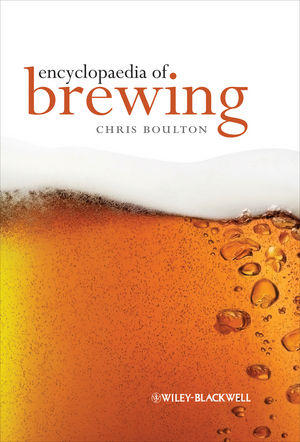Operations Perspective
Significant changes with beverage packaging
Packaging evolutions impact operations

Beverage producing and distribution facilities constantly are going through a variety of changes that are minor in nature and have little or no impact on daily operating activity. However, during the past three decades there have been what could be classed as “significant changes,” thereby creating broad technological and cost related impacts that have affected most beverage manufacturers.
Observations, research and experience have prompted a review and focus on areas that knowingly have had the greatest planning, operating and financial affect that could serve to emphasize the importance of future projections, sustaining competitive positions and projecting eventual capital or expense requirements. Let’s take a look.
Even though beverage processing procedures, in many segments of the industry, have transitioned from manual to automated preparation systems that have impacted operating methods, materials, equipment and skill level requirements, the starting point for most production planning starts with the container used for producing beverages and the supporting machinery/equipment that converts the liquid into various sizes and shapes of salable packages.
Containers represent the epitome of constant change syndrome as evidenced in each material used ― glass, plastic, metal and paper. From an operations perspective, each container material can exemplify some of the important changes and impacts that have occurred.
Returnable glass bottles: Currently experiencing a low domestic profile, but a high mix in foreign markets, is a significant change. In CSD, glass reduction resulted in an operating impact that modified, changed or eliminated multistage washers, sorting, un-casers, complex filler change-overs, crowners, labelers, warmers, conveyor layouts and even line labor all with some financial increase or decrease.
Plastic (PET) bottles: Transitioned from glass into a multitude of sizes, shapes and configurations. Impacts included advanced uncasing methods/devices, new methods/devices for rinsing, filler redesign/modifications, capper head and roll adjustments, and packaging equipment innovations that are significant changes. Plastic required redesigned conveyors to handle the different configurations ― an important factor involving pressure/speed from filling to casing. Plastic also prompted in-house PET bottle manufacturing, which has had long term impacts operationally and financially and still is a debatable project for beverage people.
Cans: From three-piece to two-piece configurations, also have gone through material, size and packaging metamorphosis.
The material design progressed through regular steel lids on steel cans to pop top aluminum lids on aluminum cans. Size-wise, traditional 12-ounce advanced to 16-ounce and now markets an 8-ounce version. Along with these significant changes, can packaging has gone from 24 loose-pack trays, six-pack plastic wraps, board wraps (six-, eight-, 12-packs) to shrink-wrap 24-pack and six-pack trays.
These are significant changes, which included filler capacity/capability modifications, seamer design capability and extensive packaging machinery/equipment. With a high can volume in the industry, financial impacts appear to be the greatest for cans in terms of materials and equipment.
Paper: These containers have existed in several segments of beverages (milk, juices, tea) for many years; however, sufficient data on products that might utilize paper containers in the future have not been researched enough to review and evaluate any significant changes and/or impacts operationally or financially. Progress is being made and new paper type containers could be forthcoming.
Looking for a reprint of this article?
From high-res PDFs to custom plaques, order your copy today!







